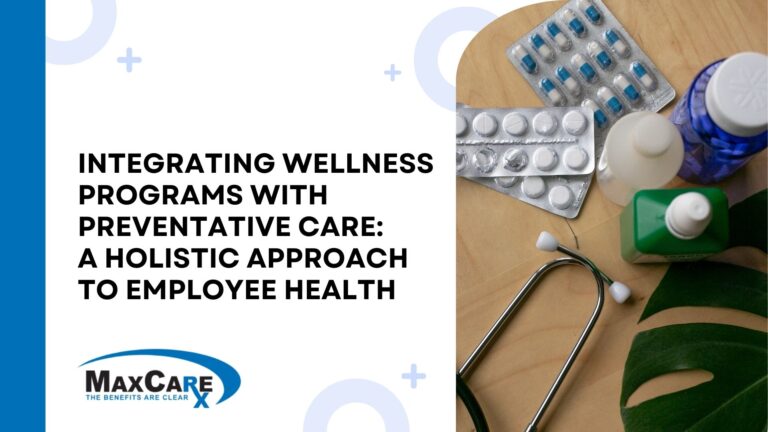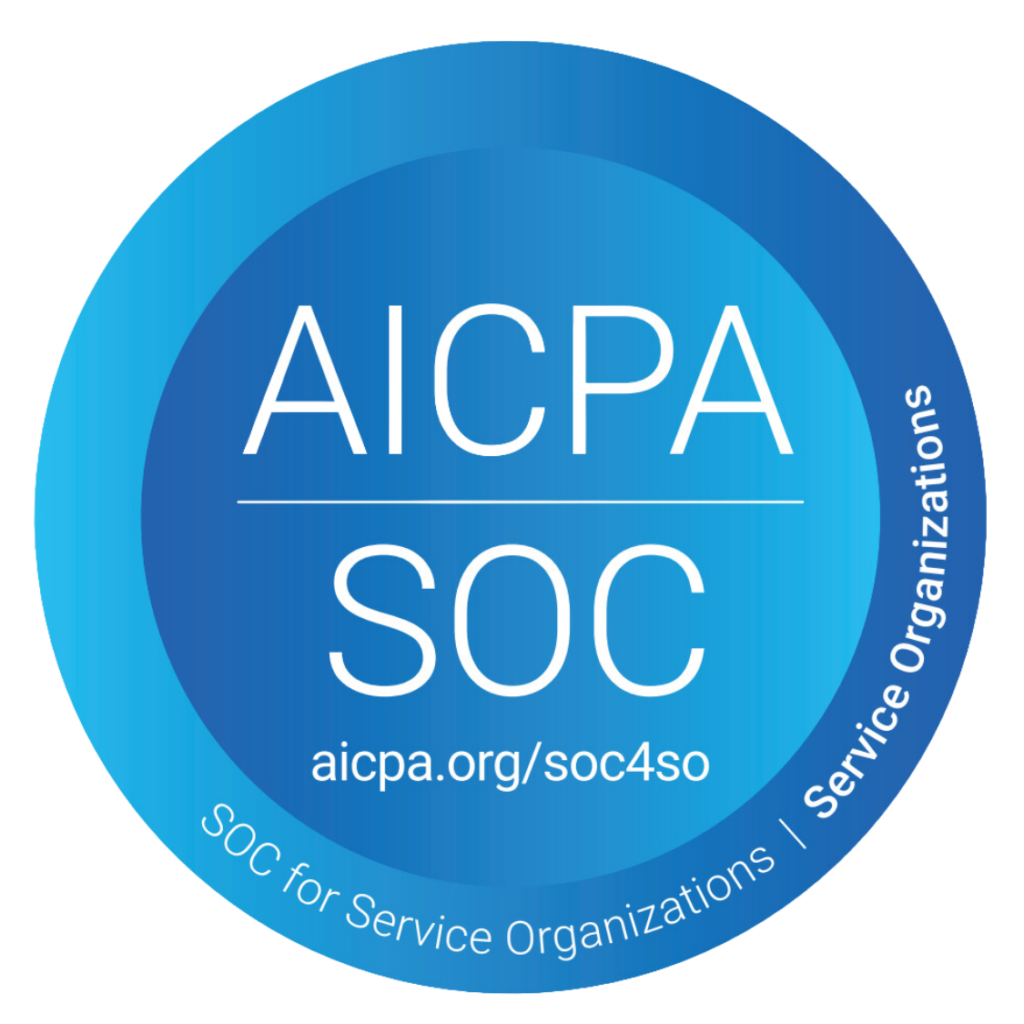Pass-through PBMs stand in stark contrast to the conventional spread-pricing model. The fundamental difference lies in transparency—where the former provides a clear view of the actual cost of medications, providing unobscured visibility into the actual costs of medications. This transparency empowers employers and patients by giving them a clear understanding of the financial intricacies within their healthcare plans.
The fundamental advantage of pass-through PBMs is their ability to empower decision-making. Armed with comprehensive insights into the actual costs of medications, employers can navigate the complexities of healthcare with a clearer vision. This transparency enables them to make informed decisions that align both with their financial objectives and the health needs of their employees, leading to more effective and sustainable healthcare plans. Let’s explore in detail how pass-through PBMs empower self-funded employers and their employees.
Direct Cost Disclosure
Traditional models often employ complex and opaque pricing mechanisms that conceal the true costs of medications. In contrast, Pass-Through PBMs eschew such convoluted approaches, opting instead to present a straightforward breakdown of expenses, ensuring employers have a transparent understanding of their medication costs.
Revealing Components of Cost
Detailed Breakdown
Pass-Through PBMs meticulously dissect the various components contributing to the overall medication expenses. This comprehensive breakdown includes:
- Base Cost of the Drug: The fundamental price of the medication itself.
- Rebates or Discounts: Any negotiated discounts or rebates obtained from pharmaceutical manufacturers.
- Dispensing Fees: Charges associated with the process of dispensing medications.
- Administrative Charges: Fees related to administrative tasks or services provided by the PBM.
- Comprehensive Understanding
By delineating each element that contributes to the overall medication cost, Pass-Through PBMs ensure that employers have a comprehensive understanding of their medication expenses. This transparency allows for informed decision-making, as employers can assess the individual components and their impact on the overall healthcare budget.
Real-World Impact
Cost Control Through Transparency
Armed with this transparent pricing information, employers are empowered to steer their healthcare plans towards cost containment without compromising the quality of care. When a pass-through PBM flags a lower-cost alternative with an equal therapeutic profile, employers can actively encourage their employees to consider and opt for these alternatives. This proactive approach significantly influences healthcare utilization patterns, resulting in substantial cost savings for both the employer and the employee.
Importantly, the emphasis on cost containment never overshadows the primary goal of ensuring optimal health outcomes. Pass-through PBMs prioritize medications based on both efficacy and cost-efficiency, guaranteeing that any alternative suggested maintains or even enhances the quality of care provided to patients. This delicate balance between cost savings and patient well-being is a testament to the holistic approach embedded within the pass-through model.
Consider a scenario where a commonly prescribed medication for a chronic condition has a significantly more affordable generic alternative. By actively promoting the adoption of this generic alternative, a pass-through PBM can lead to substantial cost savings for both the employer and the patient, while ensuring identical therapeutic benefits.
Furthermore, the long-term ramifications of such decisions echo in the sustainability of healthcare plans. Cost control measures initiated through transparent pricing information not only yield immediate savings but also pave the way for more sustainable and robust healthcare strategies. This proactive approach contributes to stabilizing healthcare costs, ensuring that resources are allocated efficiently without compromising on quality care delivery.
Incentivizing Optimal Choices
One of the primary distinctions of pass-through PBMs is their liberation from the conflicts of interest often inherent in traditional models. Unlike conventional PBMs that may have financial incentives tied to specific medications or manufacturers, pass-through PBMs operate independently of such influences. This absence of vested interests ensures that their focus remains steadfast on identifying and advocating for the most cost-effective yet equally efficacious medications.
Pass-through PBMs align their incentives with the core principles of value-based healthcare. With a commitment to transparency, their primary objective is to deliver optimal value to both employers and patients. By prioritizing cost-effectiveness without compromising on the quality of care, these PBMs foster an environment where healthcare decisions are driven by efficacy, patient outcomes, and financial prudence.
Empowered by transparent pricing information, patients and employers can confidently navigate the healthcare landscape. When presented with alternative medication options, they are equipped to make informed decisions based on value. This empowerment ensures that the selection of medications is not solely driven by brand recognition or other external influences but rather by a well-informed evaluation of the most effective and cost-efficient options available.
Benefiting Community Pharmacies
By offering fair and transparent reimbursement, pass-through PBMs play a pivotal role in bolstering the sustainability of community pharmacies. These pharmacies serve as cornerstones within local communities, providing essential healthcare services and acting as accessible points of care. Fair reimbursement practices by pass-through PBMs contribute to the viability and continuity of these pharmacies, ensuring their continued presence and contribution to community healthcare. Pass-through PBMs ensure that community pharmacies are not reimbursed less than the PBM charges the plan or in many cases, less than the medication costs the pharmacy to purchase.
Community pharmacies often offer personalized and culturally sensitive care that caters to the unique needs of local populations. By supporting the sustainability of these pharmacies through fair reimbursement, pass-through PBMs help preserve this diversity in healthcare services, ensuring that patients have access to a broad spectrum of care options.
The sustainability of community pharmacies contributes to enhancing healthcare accessibility. These pharmacies often bridge gaps in healthcare access, especially in rural or underserved areas where access to larger healthcare facilities might be limited. By supporting these pharmacies, pass-through PBMs indirectly facilitate greater healthcare access for diverse populations.
The Power of Transparency
Informed Decision-Making
Insights on Medication Costs
In a scenario where employers and employees lack insight into medication costs due to non-transparent models, decisions may be based solely on initial costs visible at the surface. This could result in employees choosing higher-cost medications without realizing equally effective, lower-cost alternatives exist. The consequence? Increased financial burden for both the employer, in terms of higher healthcare expenses, and the employee, who might face out-of-pocket costs they could have otherwise avoided.
Comprehensive Understanding of Plan Utilization
Without access to comprehensive utilization data, employers might struggle to discern trends or areas where healthcare expenses could be optimized. For instance, they might fail to identify overutilization of certain services or medications, leading to unnecessary costs and inefficient allocation of resources within their healthcare plans.
Awareness of Formulary and Pharmacy Options
In situations where employers and employees lack insights into pharmacy benefit options, they may unknowingly opt for a plan that limits their access to certain pharmacies or medications. This limitation could adversely impact patient satisfaction and health outcomes while potentially increasing costs for both parties due to higher out-of-network expenses.
Driving Towards Optimal Solutions
Educating Employees on Wellness Programs
Employers actively driving towards optimal solutions may implement wellness programs and initiatives to promote preventive care. By educating employees about healthy lifestyle choices, encouraging regular check-ups, and offering incentives for participating in wellness activities, employers foster a culture of proactive health management. This approach reduces the need for costly interventions down the line, benefiting both the employer’s bottom line and the overall health of the workforce.
Communicating Health Plan Options and Cost Considerations
Employers ensuring transparent communication about different health plan options and cost considerations can empower employees to make informed choices. When employees have clarity on deductibles, copayments, and coverage details, they can select plans aligned with their healthcare needs and financial capabilities. This proactive communication reduces surprises related to healthcare expenses and enhances overall satisfaction.
MaxCare: A Beacon of Transparency
At MaxCare, our commitment to transparency is deeply ingrained in our ethos. We recognize that access to transparent pricing information is not merely a privilege but an essential tool for effective decision-making. By sharing comprehensive data related to utilization and spend with our partners, we ensure that they are equipped with the insights needed to navigate the complexities of healthcare confidently.
As the healthcare landscape evolves, the significance of transparent pricing information cannot be overstated. Empowering employers and patients with knowledge not only fosters cost control but also drives a paradigm shift towards a more equitable and efficient healthcare system.



